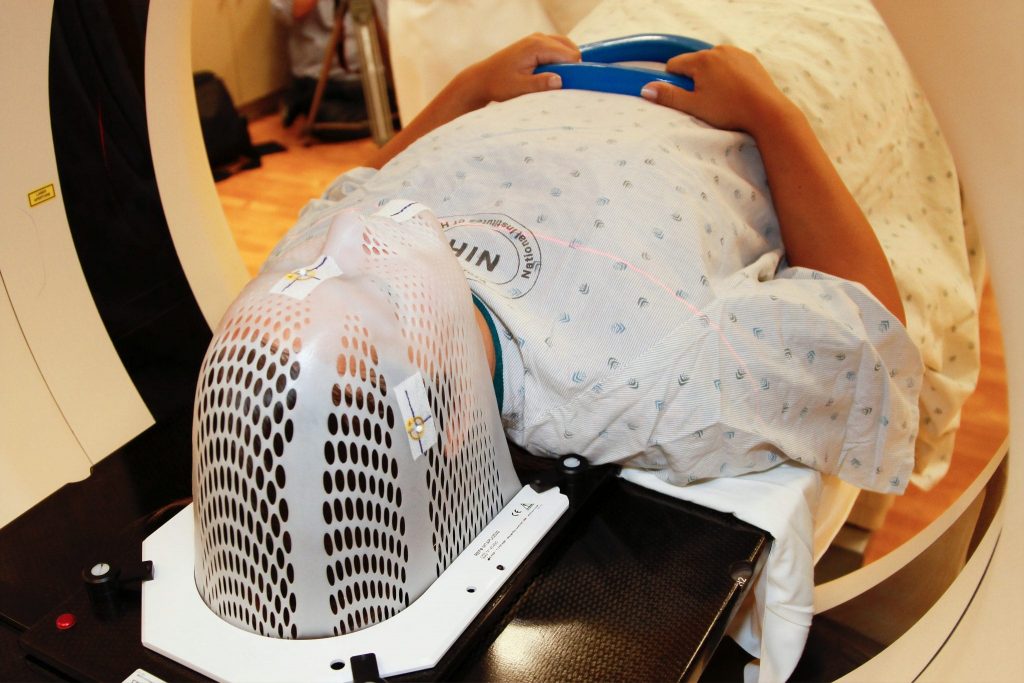
New project by researchers from New Zealand – program associated with the development of equipment for 3d scanning of biological images. Scientists are working on a spectral molecular scanner capable of producing color models of the interior of the body, including bone and soft tissue.
The project could become a new word in medical imaging technologies – 3D models will provide doctors with data that are not available for Computed tomography scan (CT), Magnetic resonance imaging (MRI), and Positron emission tomography (PET).
It is expected that the scanner will allow for more accurate diagnoses and tracking of diseases – in turn, it will improve patient care, especially for stroke prevention, joint replacement, and cancer monitoring.
The new 3D scanner Mars is similar in many ways to a standard X-ray CT system, but with improved spatial resolution and color rendering. The Mars program compares the importance of moving from black and white to color 3D scanning to the introduction of color photography.
The scanner uses two Medpix3 detectors connected to 110-micron high-Z sensors and a 2 milliseconds storyboard. The equipment is able to determine the density and atomic composition of the sample – the first parameter sets the brightness, and the second – the color. The X-ray source in the scanner has a peak voltage of 20 kV and a current of 350 μA.
The project is supported by a $12 million grant from the New Zealand Ministry of Bussiness, Innovation & Employment – the team also received the highest award for research initiative. Specialists from MedTech Centre of Research Excellence participated in the development, and a high-precision CT scanner for the first phase of the project was provided by GE Healthcare.
The introduction of the new Mars 3D scanner has the potential to revolutionize surgery and diagnostics by rapidly acquiring high-precision images while exposing patients to less radiation.
In addition to medicine, the development can be applied in other industries, such as the border service, forestry, and agriculture, as well as mining.
Picture Credit: Unsplash
